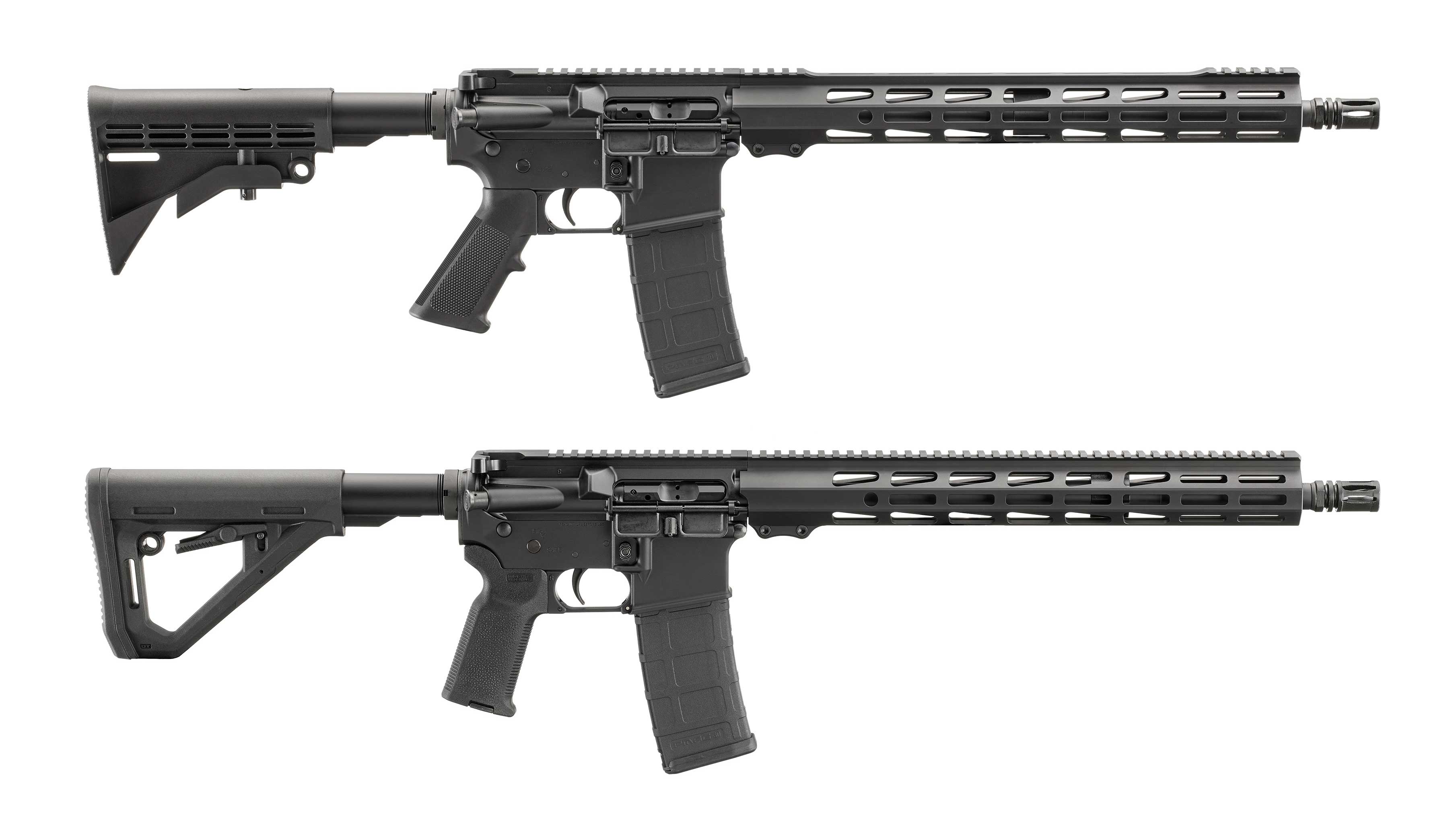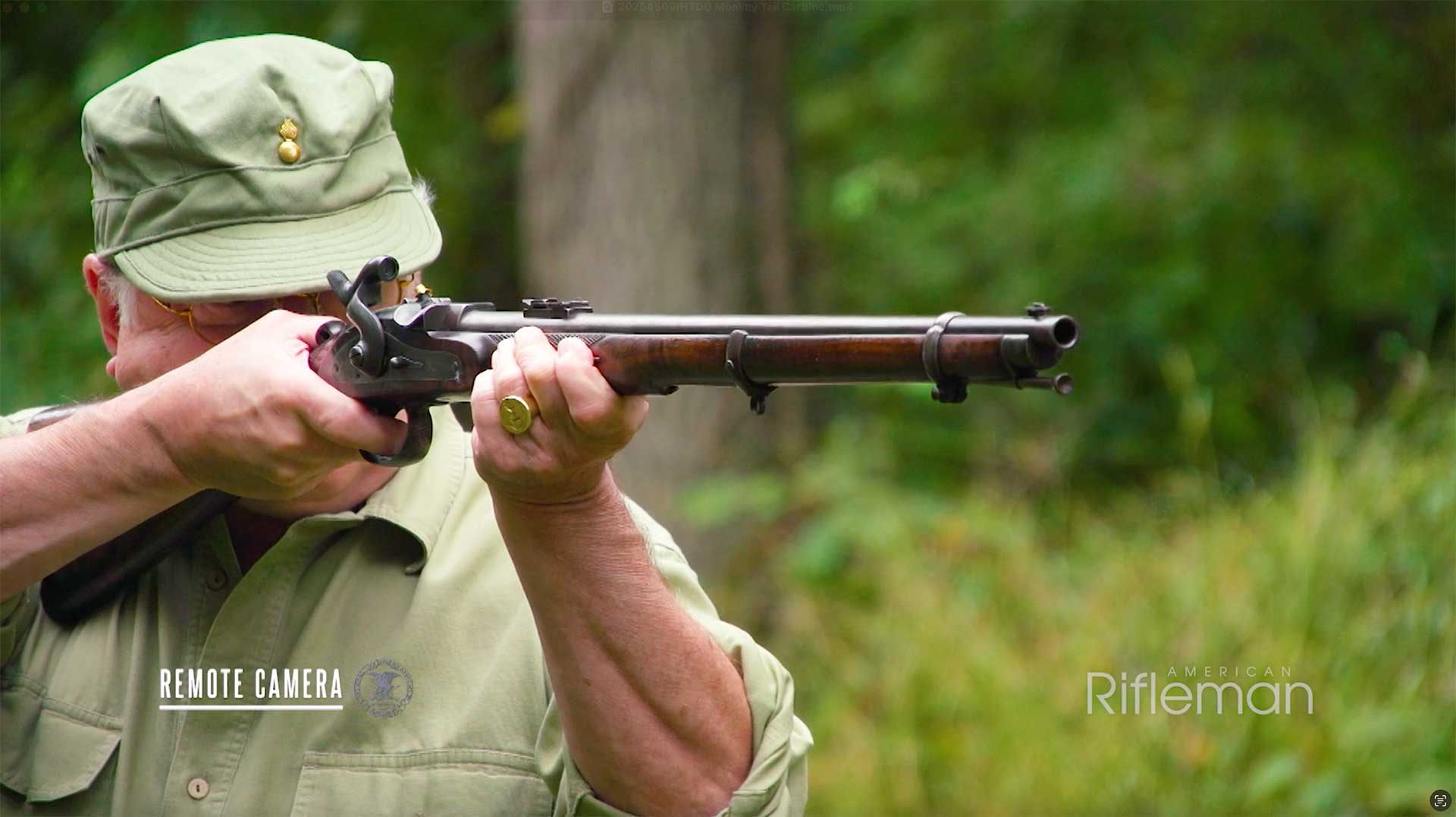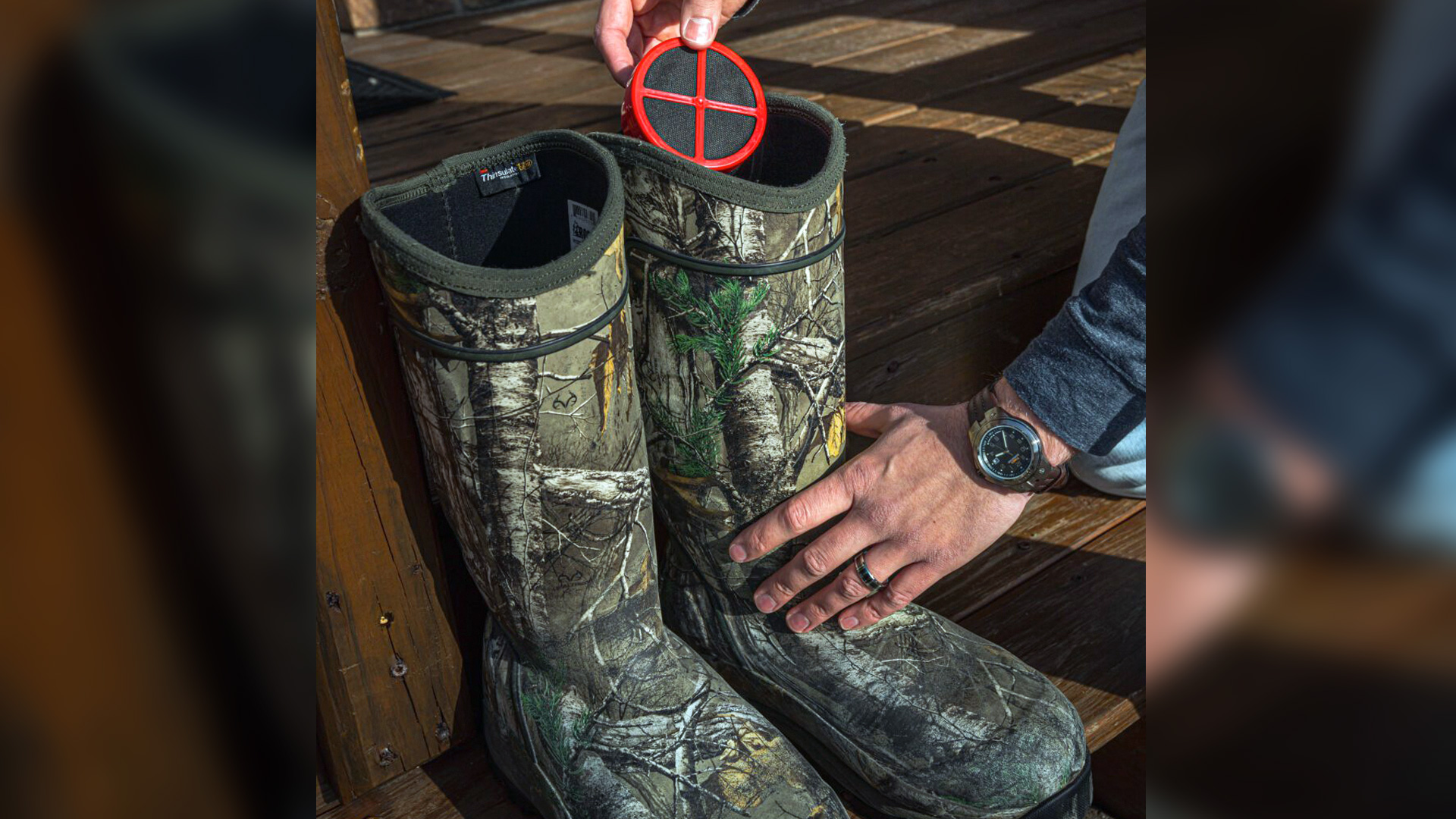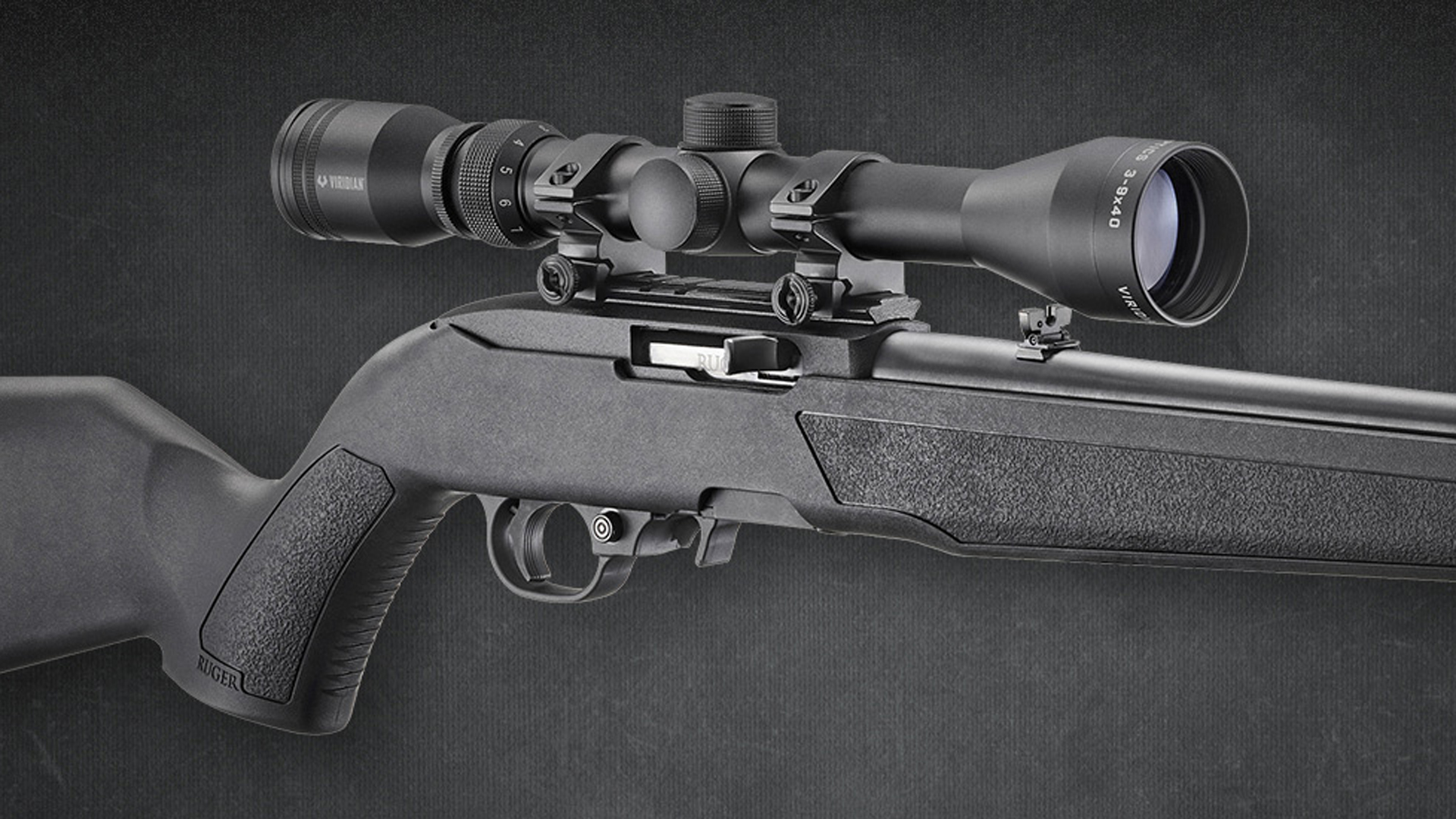
12/13/2012
Designed by Ronnie Barrett in 1982, this 10-shot semi-auto, .50-caliber rifle evolved into a surprisingly accurate weapon that, by the early 21st century, was used by all branches of the U.S. armed forces and many countries around the world. It first saw combat service in 1991’s Desert Storm.
The latest USMC version, the M82A3, or “Sasser” (Special Application Scoped Rifle), was the starting point for the Army’s M107, developed in conjunction with snipers from the U.S. Army Special Operations Target Interdiction Course (SOTIC). When the M107 selection process began, it appeared that pin-point accurate bolt guns had the edge, but analysis revealed that every real-world materiel target destroyed by a .50 caliber required multiple hits. To reduce engagement time and the counterfire threat to snipers, the requirement for fast follow-on shots and reasonable magazine capacity eventually favored the Barrett.
The military considers this 31-pound rifle’s accuracy and terminal effect capable of hitting individual enemy personnel to 1,500 meters—slightly under a mile—while larger materiel targets can be hit to 2,000 meters. Indeed, the .50-caliber Barrett’s greatest utility is anti-materiel: punching through walls to defeat barricaded gunmen; halting vehicles, vessels, or aircraft by blasting critical components; and disabling mines and unexploded ordnance by sheer impact energy.
The M107 Long Range Sniper Rifle sports a lengthy Picatinny accessory rail running from the receiver across the forearm that can accommodate a night vision adaptive sight ahead of its daytime optic. The threaded muzzle on its match-grade fluted barrel can mount either an efficient muzzle brake or a newly developed suppressor that reduces both recoil and sound signature.
Combat firings from Afghanistan and Iraq have been extremely impressive. A U.S. Army sniper with the 82nd Airborne Division engaged an Iraqi with an RPG atop a water tower at a lazed distance of 1,400 meters. “The top half of the torso fell forward out of the tower, and the lower portion remained in the tower,” he told an Army debriefer.
In 2004, the Barrett rifle was used extensively by U.S. Marines assaulting Fallujah, Iraq, where it won many engagements against hidden RPG gunners, snipers, and ambushers by punching through walls and barriers.
USMC Staff Sergeant Steve Reichert was awarded a Bronze Star for an extreme-range engagement against Iraqi insurgents who had pinned down a Marine rifle squad. Reichert and his sniper teammates climbed atop an oil storage tank to get a clear shot at insurgents on a distant rooftop manning a machine gun. Calculating the range, Reichert fired his Barrett once and missed. Applying an elevation adjustment, he reacquired, and his second shot squarely struck the enemy machine gunner, forcing the other insurgents to flee. Afterward, a Marine lieutenant measured the distance: an incredible 1,614 meters, or 1,775 yards, a full mile.
The other great .50-caliber asset, barrier penetration, has paid off in many an encounter. In one incident, a Marine sniper rushed to the aid of heavily engaged Americans taking fire from a gunman concealed behind an automobile. The USMC sniper fired his SASR .50 completely through the parked automobile, killing the terrorist.
In my own materiel penetration tests—fired with 661-grain ball rounds at 100 yards—I fired three rounds into a V-6 engine block. Each shot penetrated the block’s steel exterior, with one round punching completely through both sides of a cylinder wall. At 150 yards, I fired these Barrett rounds at heavy 8 x 8 x 12-inch concrete blocks, which totally blew out the back, shattering and crumbling the blocks. No barricaded gunman could withstand such a fusillade fired against the concrete or brick wall that concealed him, and Iraq’s mud-brick structures offer even less protection. The Barrett and its impressive .50-caliber slugs had performed as well as or even better than I’d anticipated.




































